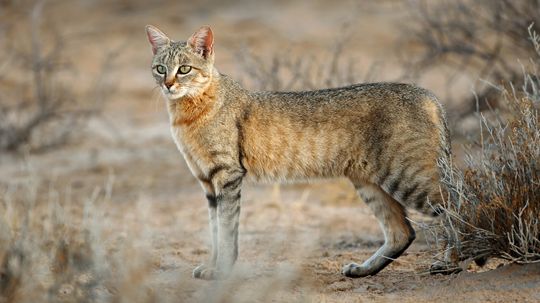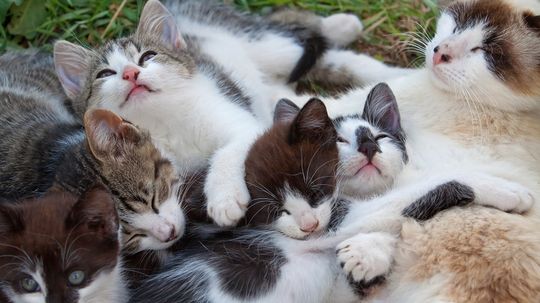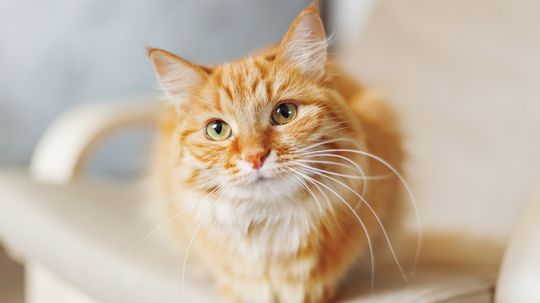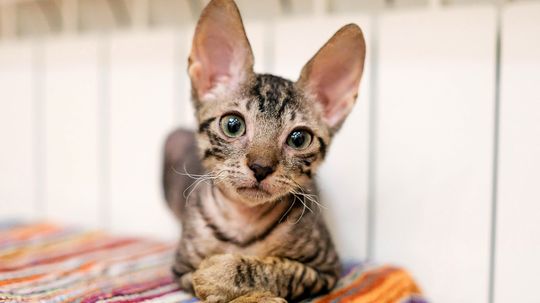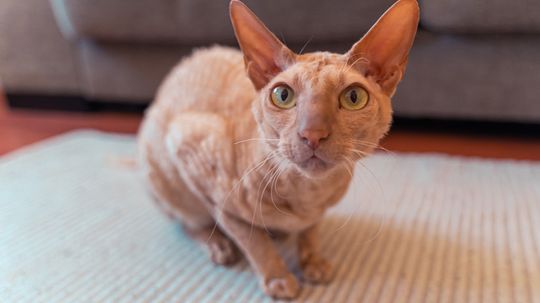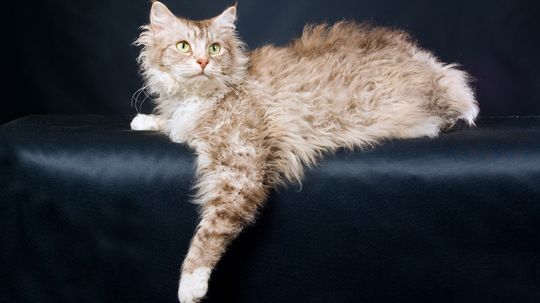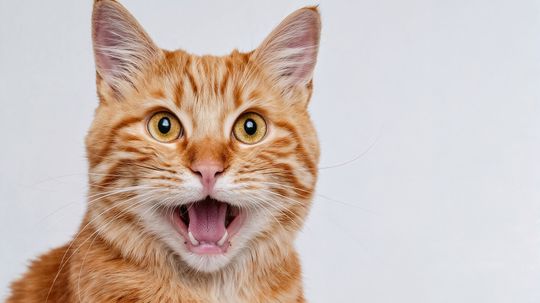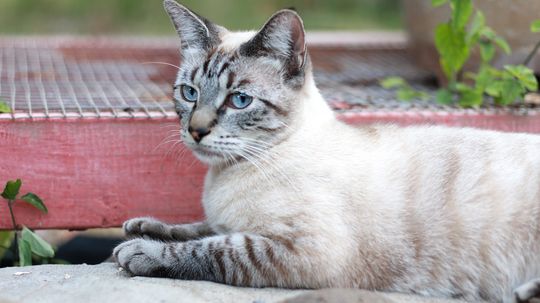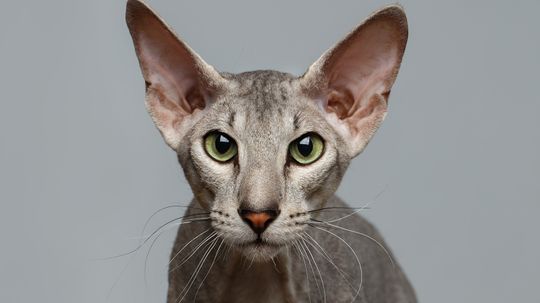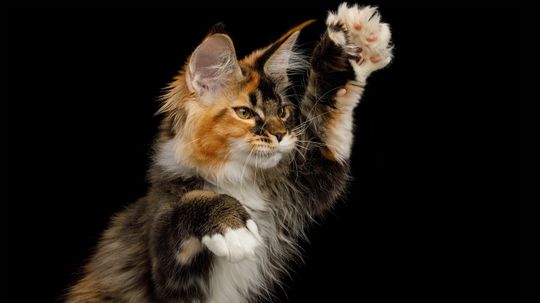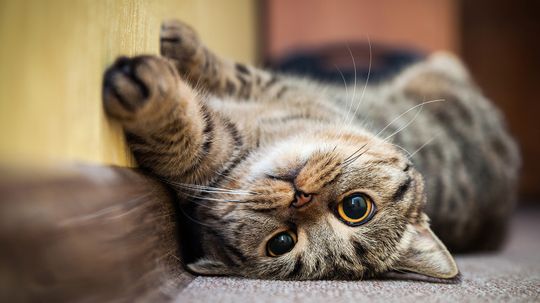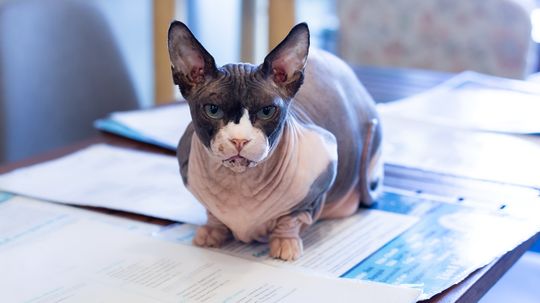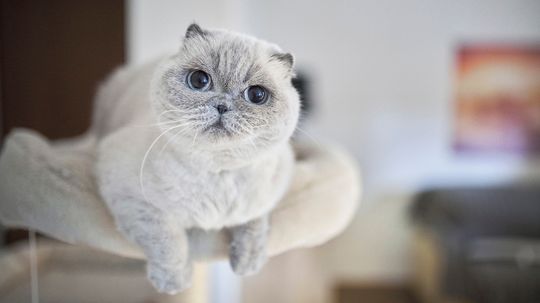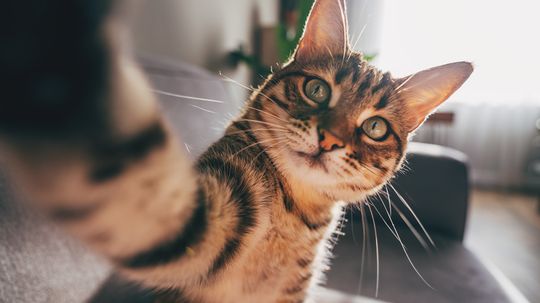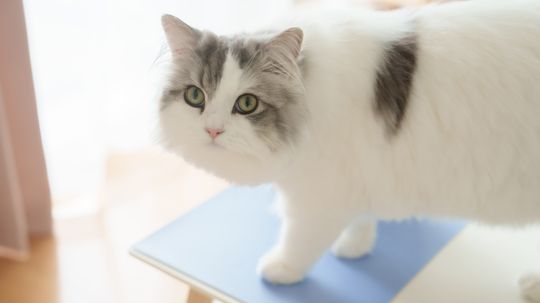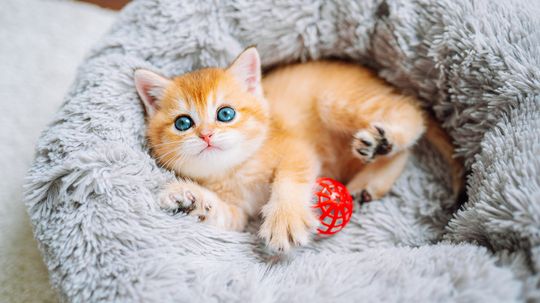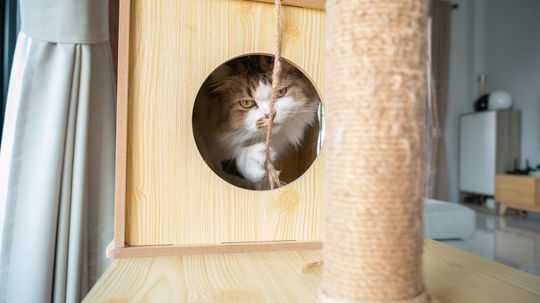Family Cats
Family cats are just that, cats that are good for families. From suggestions on cat breeds to teaching responsibility to kids with cats, check out this section of feline-friendly articles.
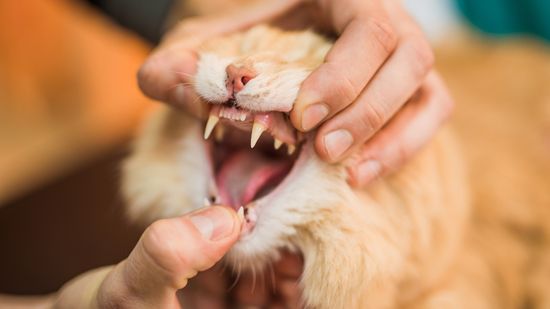
How to Save a Choking Cat
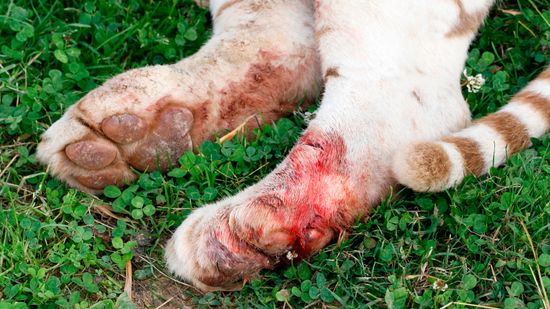
How to Treat a Bleeding Cat
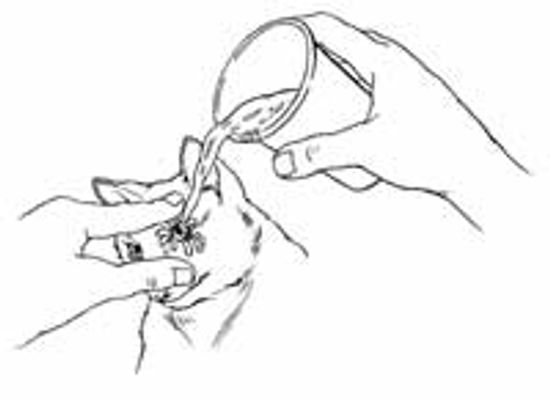
How to Treat a Cat That Has Been Sprayed by a Skunk
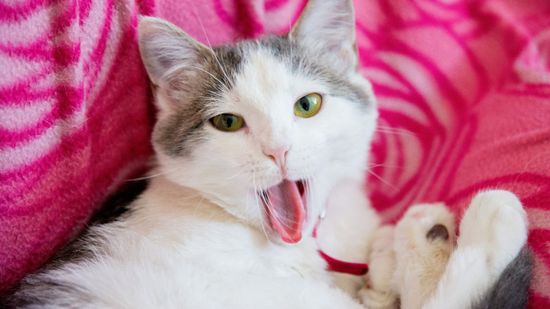
How to Administer Oral Medication to a Cat

How to Approach an Injured Cat
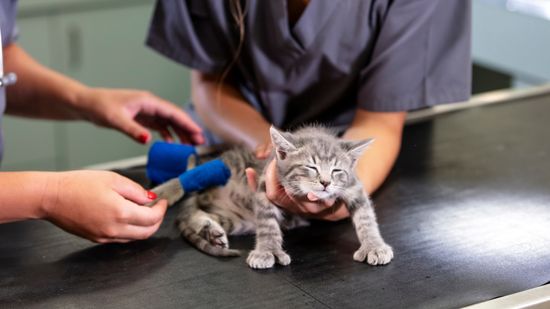
How to Restrain an Injured Cat

Are Christmas Trees Toxic to Cats? What About Tree Water?
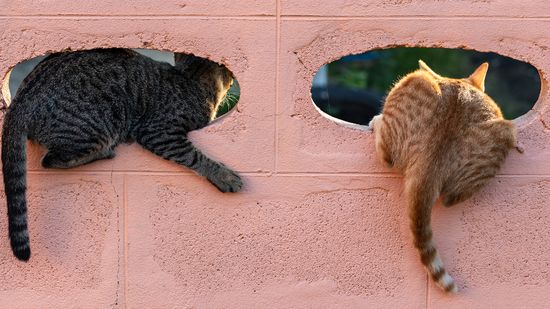
Why Do Cats Put Their Butt in Your Face?
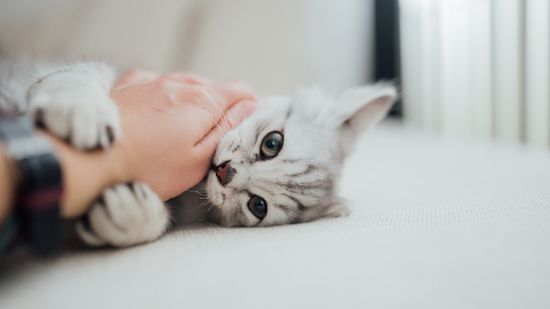
Why Does My Cat Bite Me When I Pet Her?
Learn More
They sleep in sunbeams, rule the internet, and occupy our homes—but where did cats originate from in the first place?
By Nico Avelle
You might see a few cats lounging together and wonder, what is a group of cats called? While we often think of cats as solitary, they do sometimes form social groups. And yes, there’s a specific word for that.
By Nico Avelle
Ginger cats stand out with their striking orange fur and playful personalities. While they aren't a distinct breed, their coat color and patterns spark curiosity among cat lovers.
By Nico Avelle
Advertisement
Beauty may be in the eye of the beholder, but when it comes to the ugliest cats, these breeds definitely stand out.
By Nico Avelle
Some cats just want to be near you — all the time. The most affectionate cat breeds are the ones that crave human interaction, love to curl up on laps, and form strong bonds with their families.
By Nico Avelle
The Peterbald may look sleek and alien-like, but this rare breed is one of the most elegant cats in the world. The Peterbald cat is prized for its unique coat types, affectionate temperament, and standout presence in both the home and the cat show ring.
By Nico Avelle
The LaPerm is not your average house cat. With a distinctive curly coat and a social personality, the LaPerm cat stands out in the cat world.
By Nico Avelle
Advertisement
Some of the most adored cats in the world are yellow cats — or more accurately, orange tabbies. These cats aren't truly yellow, but their golden, orange, or cream-colored coats earn them the nickname. Their warm fur and playful personalities make them favorites among cat lovers everywhere.
By Nico Avelle
A mix of tabby charm and Siamese elegance, the lynx point cat is a favorite among cat lovers who want both beauty and brains.
By Nico Avelle
If you're into sleek looks and minimal shedding, hairless cat breeds might be your ideal companions. These beautifully bald cats range from completely hairless to partially fuzzed, and they bring a unique charm to the cat world.
By Nico Avelle
Ever met a cat with thumbs? You're not imagining things. These cats have a genetic mutation that causes them to be born with extra toes, sometimes resembling thumbs.
By Nico Avelle
Advertisement
Brown cats are relatively rare, rich in color, and surprisingly varied. These cats range from light tan to deep dark brown, offering pet lovers plenty of warm brown options.
By Nico Avelle
Shorthair cat breeds are a favorite among pet parents for their sleek coats, low-maintenance grooming needs, and affectionate personalities.
By Nico Avelle
Think of a cat with a wrinkly, hairless body and short, stubby legs. Now picture it bouncing around like a curious little gremlin. That peculiar feline is the Bambino cat, a breed that's drawing both fans and critics for its one-of-a-kind looks and big personality.
By Nico Avelle
Turkish Angora cat lovers often describe this breed as a living piece of silk in motion. With its gossamer-like fur and energetic charm, the Turkish Angora is more than just a pretty face; it's a national treasure in Turkey and a favorite in the cat world.
By Nico Avelle
Advertisement
Which is the smartest cat breed? While all felines have moments of genius, some intelligent cat breeds consistently rank higher thanks to traits like problem solving skills, social intelligence, and the ability to learn tricks.
By Nico Avelle
Big cat looks with a housecat heart? That’s the Highlander cat, a rare breed that stands out thanks to its curled ears, naturally short tail and strong resemblance to wild cats.
By Nico Avelle
Whether you're welcoming a new black kitten into the family or trying to match your cat's mysterious charm, choosing the perfect name matters.
By Nico Avelle
Have you ever wondered: Are cats color blind? The answer isn’t black and white — but it is mostly gray. (See what we did there?)
By Nico Avelle
Advertisement
The grey and white cat is a timeless favorite for feline fans. With its striking coat pattern and calm demeanor, this bi-color beauty can blend well into families with kids, dogs and other pets.
By Nico Avelle
Looking for the cutest cat breeds to light up your life? Whether you want a playful companion or a couch cuddler, these feline breeds check every box — from wildly good looks to the fluffiest fur imaginable.
By Nico Avelle
Every cat needs a place to scratch, climb, and perch. Building a DIY cat tree gives your feline friend a custom space to do just that — and it's way cheaper than buying one from pet stores.
By Nico Avelle
Imagine a cat that looks like it walked out of a wilderness survival show, yet purrs when you scratch behind its ears. That’s the bobtail cat, a feline with a tail that’s just a nub compared to the swishy standard most cats sport.
By Nico Avelle
Advertisement
If you're picturing a majestic, powerfully built feline that looks like it leapt out of a snowy forest in a Russian fairy tale, then you're probably imagining the Siberian cats. These longhaired cats are not just a sight to behold; they're also among the more recently formalized natural breeds in modern cat registries.
By Nico Avelle
If you've never heard of a RagaMuffin cat, you're in for a treat. These big, fluffy felines are like teddy bears that purr. Their sweet personalities and plush coats make them a dream for first-time cat owners and seasoned pet parents alike.
By Nico Avelle
